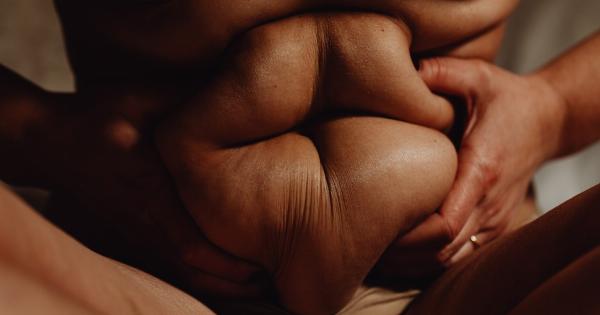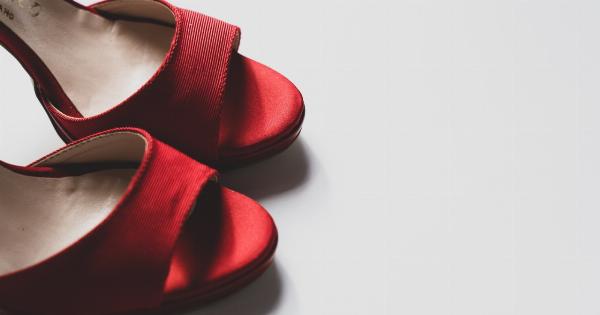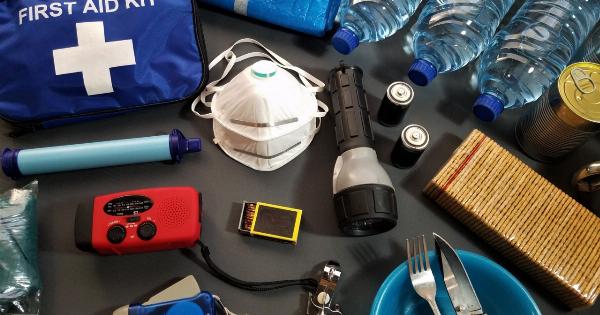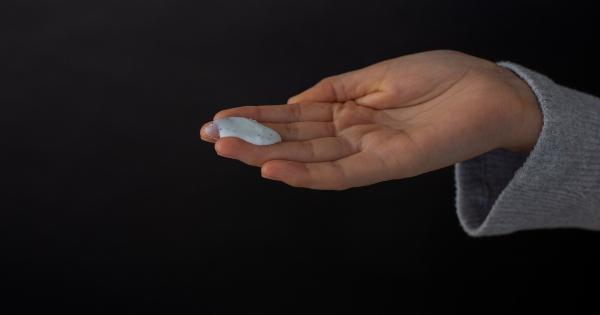Have you ever taken a closer look at your nails? While they may simply seem like a small part of your body, your nails can actually provide valuable insights into your overall health and well-being.
Changes in color, texture, shape, and thickness of your nails can sometimes indicate underlying health issues. Your nails can serve as an early warning system, alerting you to potential imbalances or deficiencies within your body. In this article, we will explore some common nail abnormalities and what they may be trying to tell you about your well-being.
H2: Pale Nails
If you notice that your nails appear pale or almost white, it could be a sign of anemia or a lack of iron in your body. Anemia occurs when your body doesn’t have enough healthy red blood cells to carry sufficient oxygen to your tissues.
It’s essential to consult with a healthcare professional for a proper diagnosis and further guidance if you suspect anemia.
Brittle Nails
Do your nails frequently break, split, or chip easily? Brittle nails are a common issue that can indicate a lack of moisture or nutrients.
Some possible causes for brittle nails include nutritional deficiencies, thyroid problems, or excessive exposure to chemicals and water. Ensuring you have a balanced diet, using gloves while performing household chores, and moisturizing your nails can help improve their strength and flexibility.
H2: Yellow Nails
If your nails have a yellowish hue, it may be a sign of a fungal infection. Fungal nail infections can cause your nails to thicken, become brittle, and change color. Additionally, smoking can also lead to yellow nails due to exposure to nicotine.
If you suspect a fungal infection or are a smoker trying to quit, consult a healthcare professional for appropriate treatment options and support.
H2: Spoon-Shaped Nails
When your nails begin to curve upward and take on a spoon-like shape, it could be an indication of a condition called Koilonychia. This condition may be associated with iron deficiency anemia, heart disease, and hemochromatosis.
If you notice spoon-shaped nails, it’s important to visit a healthcare professional for a thorough evaluation and diagnosis.
H2: Ridged Nails
Are there vertical ridges running from the cuticle to the tip of your nails? Vertical ridges are usually harmless and a natural part of aging.
However, horizontal ridges known as Beau’s lines may indicate more serious health issues such as circulatory problems, uncontrolled diabetes, or even malnutrition. If you notice horizontal ridges or have concerns, it’s advisable to consult a healthcare professional for evaluation.
H2: White Spots on Nails
Contrary to popular belief, white spots on nails are not necessarily a sign of calcium deficiency. In most cases, these spots, also known as leukonychia, are harmless and often caused by minor injuries to the nail bed.
However, if you notice frequent or persistent white spots, it might be prudent to consult with a healthcare professional to rule out any underlying conditions.
H2: Pitted Nails
If you observe small pits or depressions on the surface of your nails, it might be indicative of psoriasis. Psoriasis is a chronic autoimmune disease that primarily affects the skin but can also affect the nails.
It’s essential to consult with a dermatologist for an accurate diagnosis and appropriate treatment options if you suspect psoriasis.
H2: Dark Lines
Finding dark lines or streaks running from the cuticle to the tip of your nails can be alarming. These lines may be caused by various factors, ranging from simple injuries to more serious conditions such as melanoma, a type of skin cancer.
If you notice sudden or significant changes in the color or appearance of your nails, it is crucial to consult a healthcare professional promptly.
H2: Clubbing
Clubbing refers to the enlargement and rounding of the fingertips and nails. If your nails appear to grow thicker and curve downward, it could be an indication of lung, liver, or heart disease.
While clubbing can sometimes be benign, it’s important to discuss this symptom with a healthcare professional to rule out any potential underlying health issues.
H2: Half Pink, Half White Nails
Having nails that appear half pink and half white may be a sign of kidney disease. The pink portion of the nail bed is responsible for the nail’s blood supply, and any change in color could indicate an issue with the kidneys.
If you notice this pattern or have concerns about your kidney health, it is advisable to seek medical attention and undergo proper evaluation.
Your nails can provide valuable insights into your overall well-being. While these observations are essential for maintaining good health, it’s important to remember that they are not conclusive evidence of any medical condition.
Consult with a healthcare professional for accurate diagnosis, proper guidance, and necessary treatments if you have concerns about your nail health or general well-being.




























